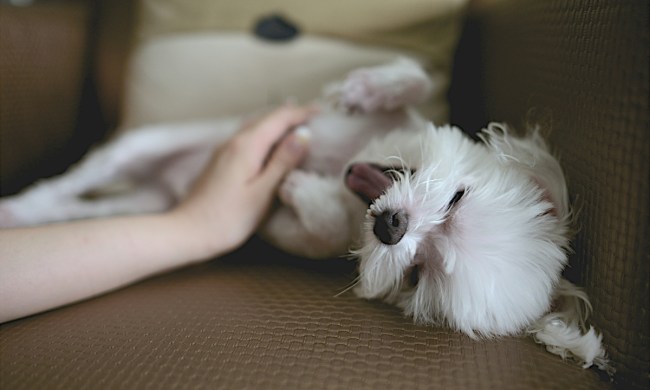When you look at a Yorkie or Chihuahua, it’s impossible to imagine that these guys came from wolves. However, other pup pups seem happiest in the wild and seem right at home against a snowy field. While lots of dogs can’t handle temps below 70, a few breeds thrive in the coldest months of the year. They tend to have bigger bodies, thick coats, and a penchant for the outdoors. If you’re the type to enjoy winter hikes, sledding, or building a snow pup, consider one of these cold-weather dogs.
Siberian huskies
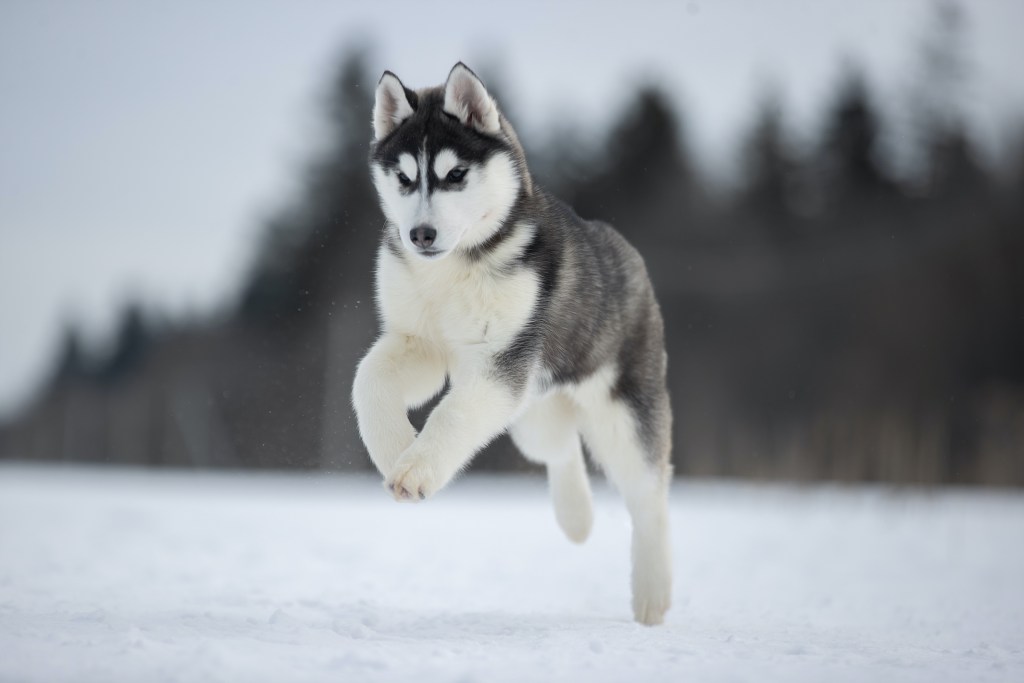
We’ll start with one of the most famous winter dogs. When you picture a pooch covered in snow or pulling a sled, you probably see a Siberian husky in your mind. As the name suggests, these majestic animals hail from Northeast Asia and were bred to haul for about 3,000 years. Today, you may know them as the dogs that run the Iditarod (along with their “cousins” the Alaskan Malamutes, which we’ll cover in a minute).
In particular, the heroes of the Nome Serum Run, made famous in the movies Balto and Togo, were both Huskies (although DNA says they may have been mixed). Today, Huskies are great family dogs that frequently get along with others because of their pack mentality.
Alaskan malamutes

While the husky looks sleek and exalted, the Alaskan malamute represents the workhorse of the sled-pulling team. Unlike their Siberian cousins, malamutes crossed into Alaska thousands of years ago and have worked in that region since.
They became especially popular in the 1800s during the Gold Rush and still occupy some of the most important positions on the sleigh. On top of being larger than huskies, they’re also quite a bit heavier and sturdier. Because of this extra size, earning a malamute’s respect will ensure that they seamlessly integrate into a family.
Akitas
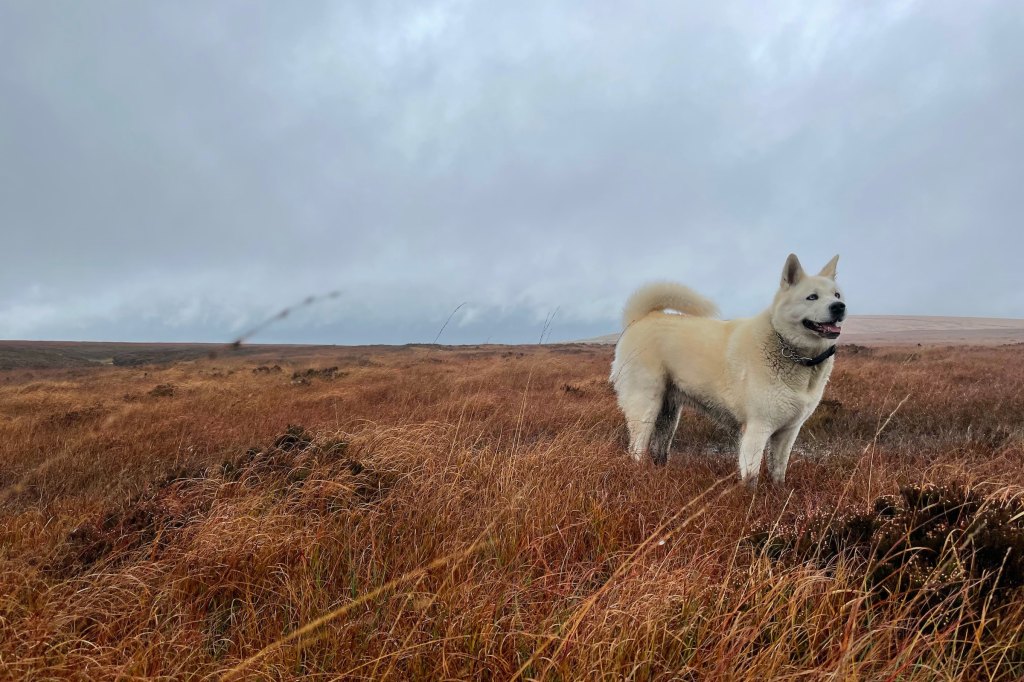
We’re switching gears a bit to an ancient Japanese breed with a coat so thick it can measure 2 inches of fur. That makes this dog bad for warm weather, where he may overheat, but great in the frigid winter months. At one point, used for fighting bears, Akitas don’t like other pets much and usually do well alone in a home.
However, they absolutely love their humans and will do anything to protect their people. One famous Akita, Hachiko, was so loyal he waited for his owner every day for years after his death (and has been memorialized in the movie Hachi: A Dog’s Tale).
American Eskimo dogs
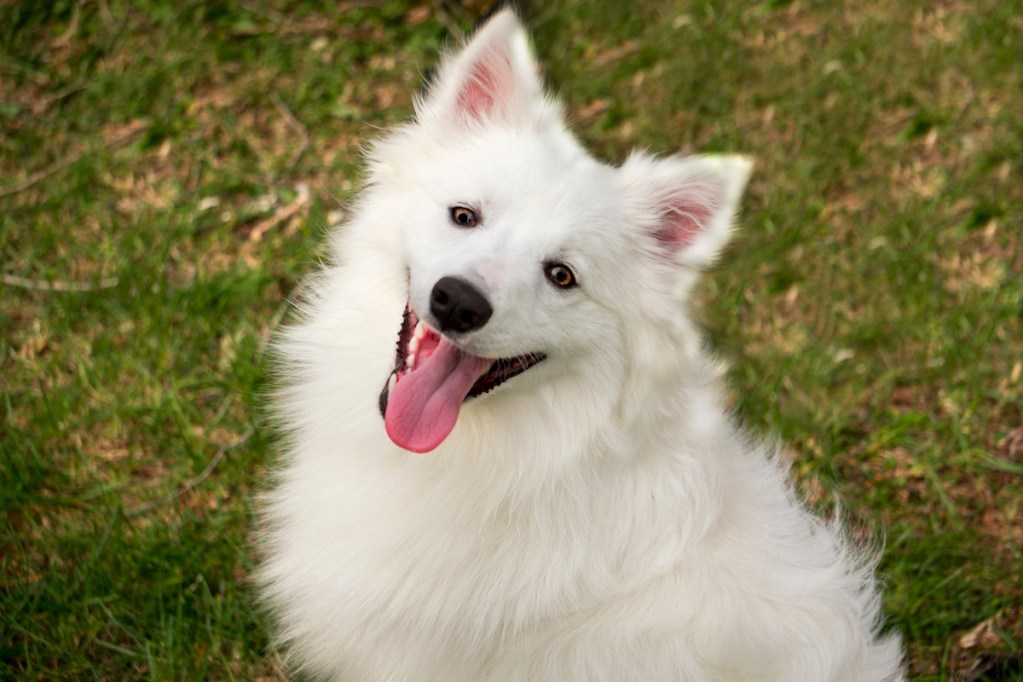
Sadly, the similarly named Canadian Eskimo dog has lost substantial numbers and there are only about 300 or so left. Surprisingly, the Canadian version descends from an ancient Inuit breed, but the American Eskimo dog variety only came to the States a few hundred years ago.
Interestingly, this breed comes in three sizes, but always has a beautiful thick coat and a winning personality — they love to be the life of the party and insist on a lot social time. These personality traits were taken to the next level in the 1930s, when many Eskies got jobs as circus performers, including one that successfully walked a tightrope as part of a Barnum & Bailey act.
Great Pyrenees
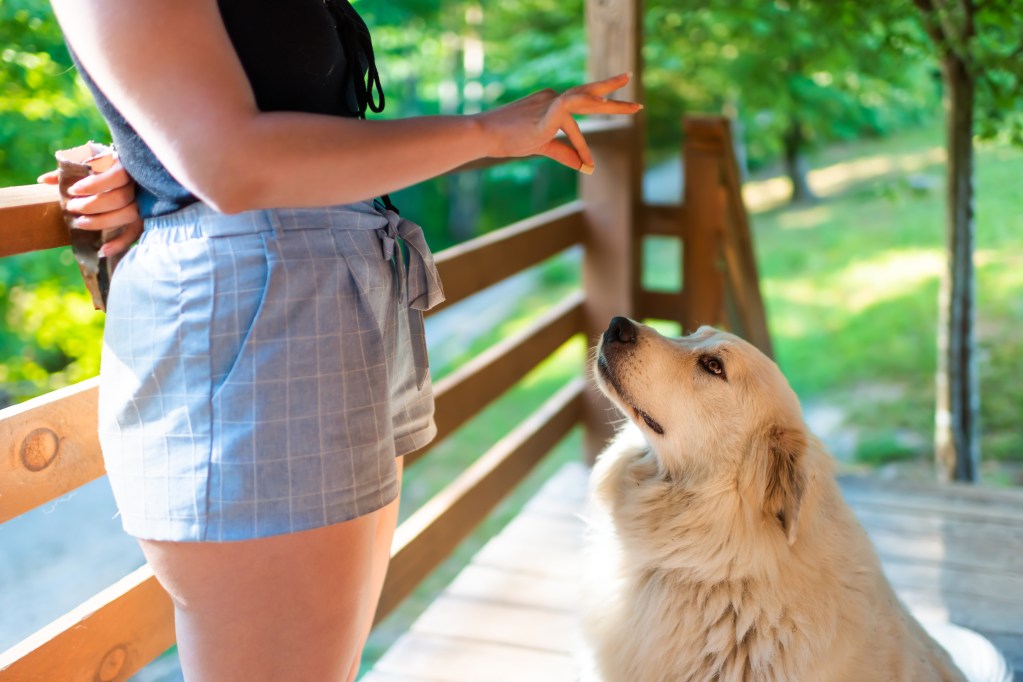
Lastly, check out one of the biggest and smartest on this list, the Great Pyrenees, with a very fluffy coat and a dedication to their job as a guard dog. Interestingly, they must think independently as part of being such an expert livestock guardian that won’t back down from a fight against wolves or other predators. That means they lack some of the traditional dog deference you see in most breeds, but it doesn’t stop their popularity. In fact, King Louis XIV named them the Royal Dog of France in 1665.
Pyrs do great with families and maintain calm even in the face of danger. However, what they bring in loyalty, they lack in obedience. Since these dogs think so well for themselves, they often resist training and need an experienced hand.
Closing thoughts

You’ll notice every breed on this list has the right build and fur to survive the coldest winter weather. They also tend to enjoy spending time outside and won’t hesitate to leap out into snow — luckily, with dense coats that prevent them from feeling cold.
Even with their temperature-resistant attributes, you still should be mindful about leaving them outside for any length of time, as that can be dangerous no matter how prepared the pooch. But all the dogs on this list will happily go for a sleigh ride or a walk in the woods, even when it’s below freezing.


